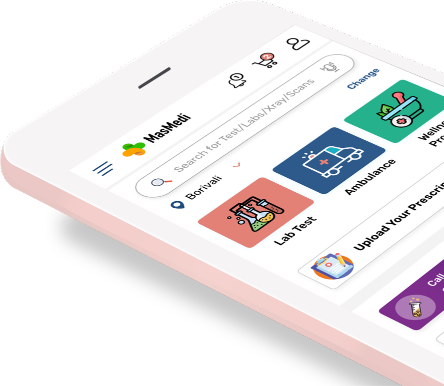Sample Type
Gender
Age Group
Pleural Fluid
Male/Female
All Age Group
The pleural space refers to the layer of tissues that forms the gap between the lungs and the chest cavity. This area experiences an accumulation of pleural fluid or pleural effusion. Transudate and exudate are the two factors that cause this process to occur. The former occurs from an imbalance between blood arteries and blood protein which affects how fluids are transported and the latter is caused by inflammation of the pleurae. The Pleural Fluid Routine examination determines which of the two causes contributed to the fluid buildup in the pleural space. It aids in the early detection of many blood-related issues.
best labs
Option Near Youlab comparison
As per your budgetAffordable
Price GuaranteedUNBIASED ADVICE
On LabsSUNDAY LAB
Labs available on SundaysTracking health status made easy with the app. Now available on both Google Play Store and App Store. Book health tests and access your smart reports and health trackers anytime anywhere.
